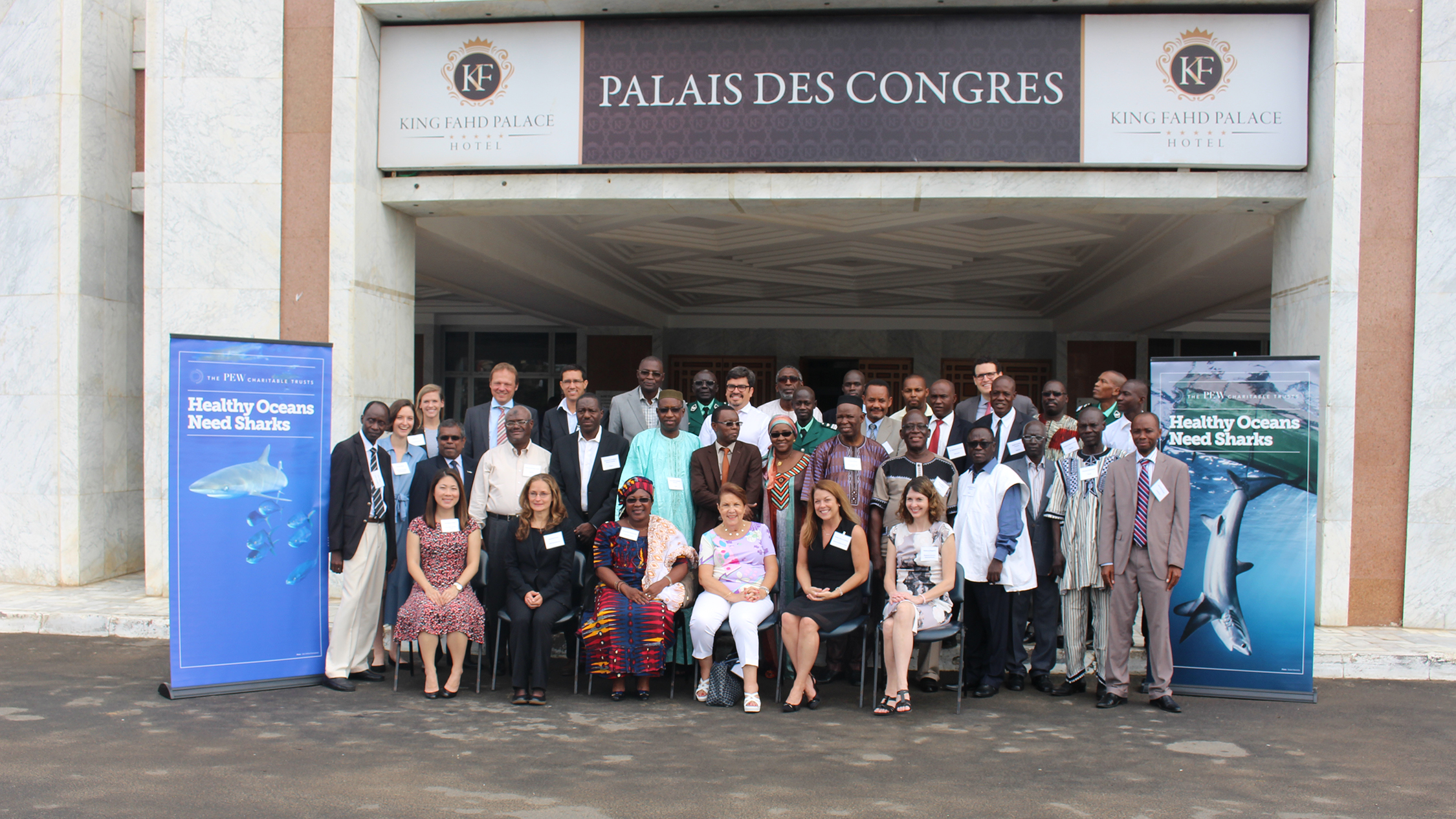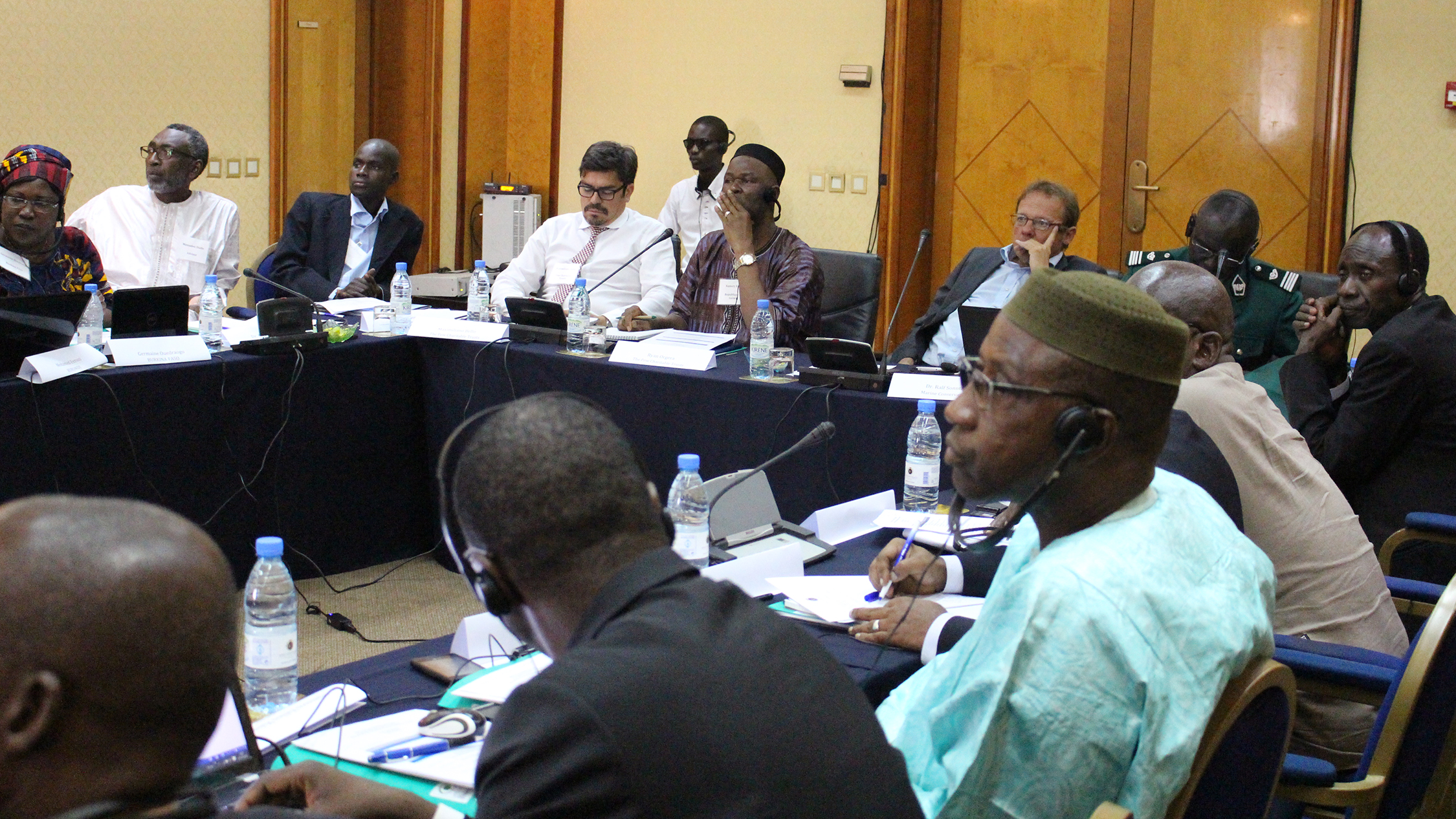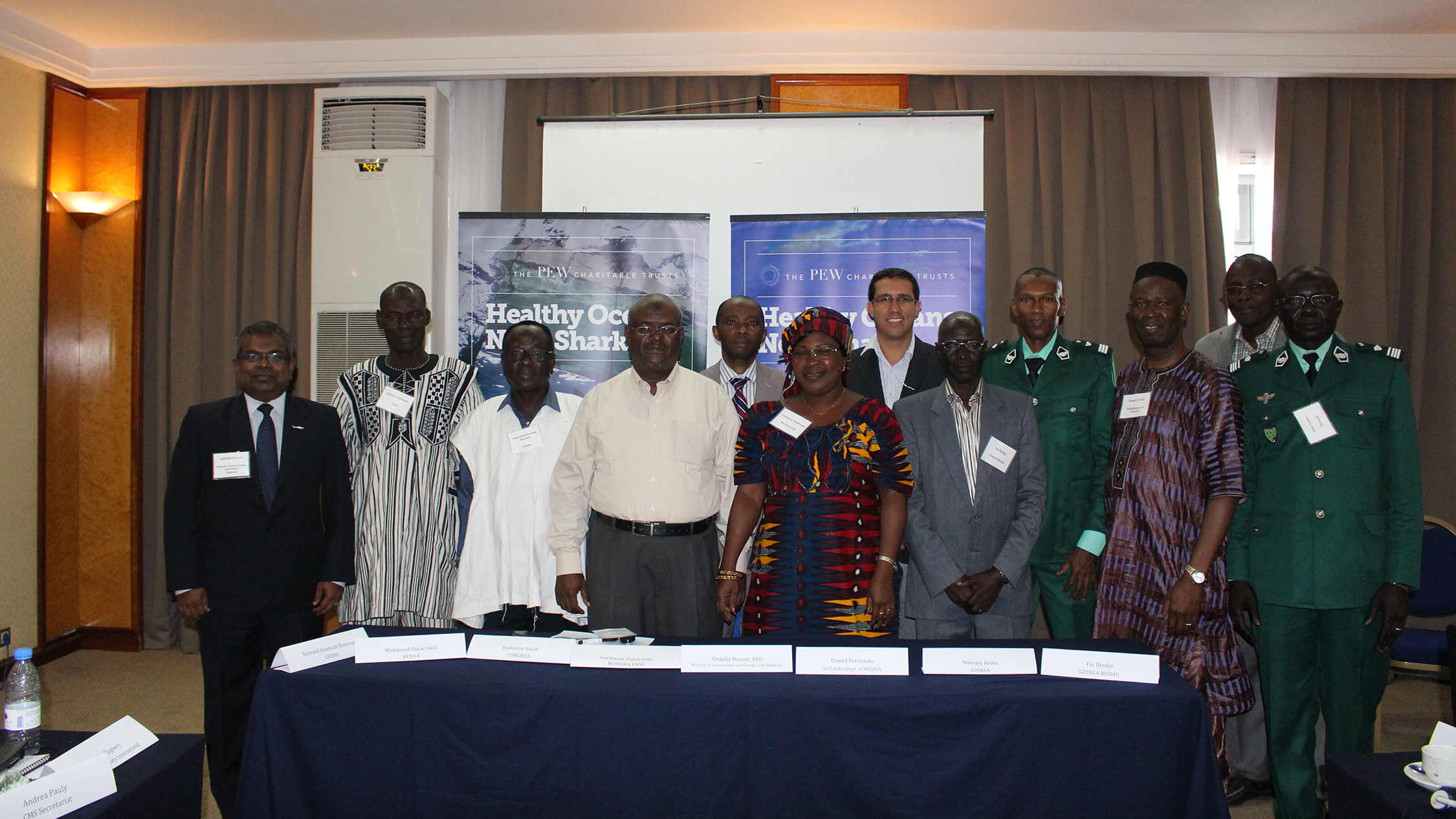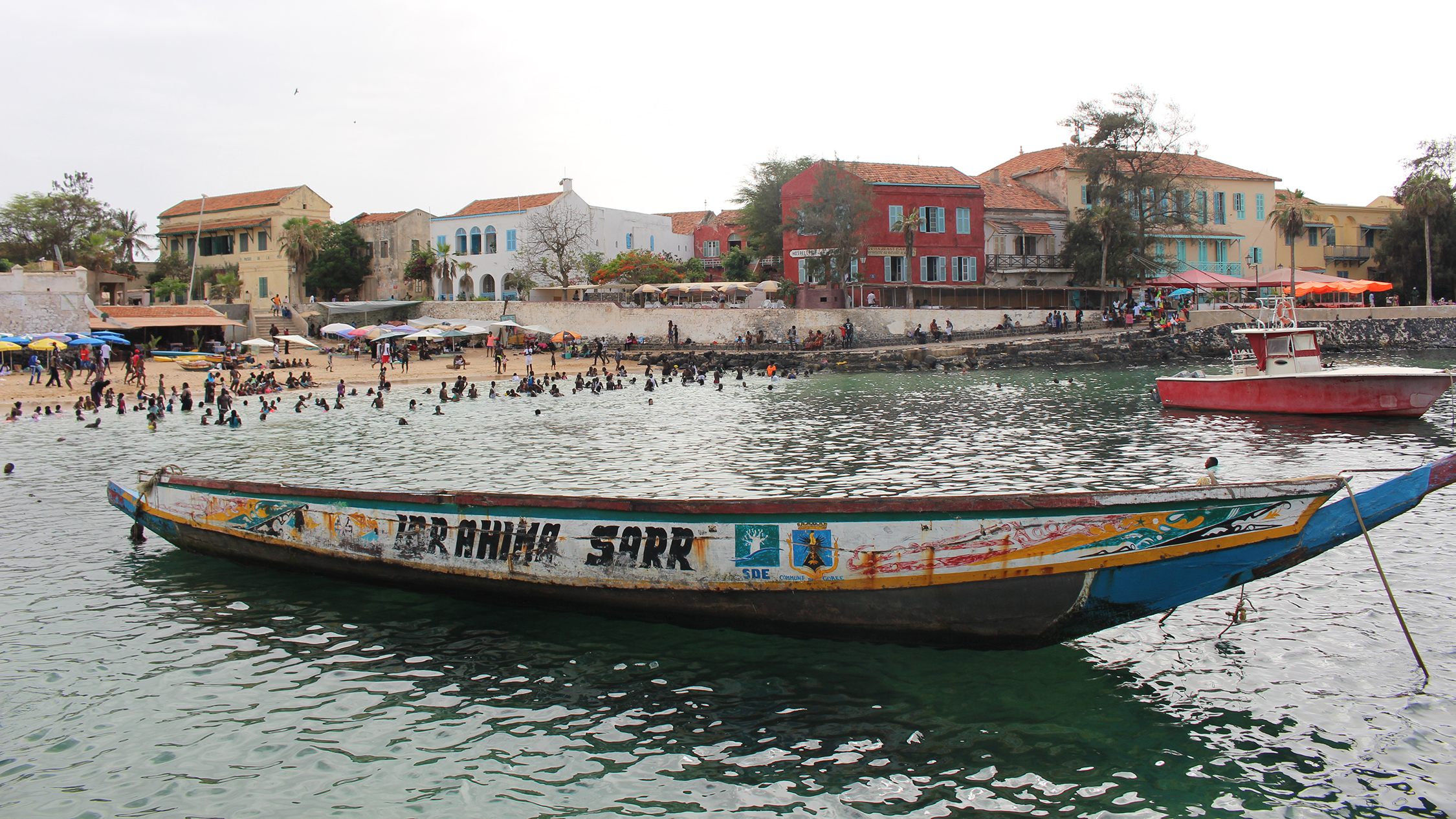African Nations Solidify Their Support for Further CITES Shark Protections
Four species of sharks and nine species of rays are one step closer to gaining critical protections after 17 African nations committed at a regional workshop in late July to support restrictions on international trade of the animals.
The July 27-28 workshop in Dakar, Senegal, hosted by the Senegalese government and the United Nations Food and Agriculture Organization’s Subregional Fisheries Commission (SRFC), provided a forum for representatives from countries across Africa to discuss shark and ray protections. These measures are on the agenda of the 17th meeting of the Conference of the Parties to the Convention on International Trade in Endangered Species of Wild Fauna and Flora (CITES CoP17), which will be held in September in Johannesburg.
The CITES Appendix II listings, which require that continued trade in a species be sustainable, would cover silky sharks, three species of thresher sharks, and nine species of mobula rays.
The 17 African countries that declared their full support for the proposed listings are Burkina Faso, Burundi, Cape Verde, Chad, Comoros, Côte d’Ivoire, Ethiopia, Ghana, Guinea, Guinea Bissau, Kenya, Liberia, Mali, Niger, Nigeria, Senegal, and Uganda.
Noting that West Africa’s economy and many of its communities rely on sustainable fisheries, Capt. Abba Sonko, of the Senegalese Directorate of Water, Forestry, and Hunting, said: “CITES listings are extremely important as management measures, because they ensure international trade can only continue if it does not jeopardize the survival of these vulnerable species.”
Representatives from Sri Lanka and the Maldives, two of the proponent countries that support the proposed CITES Appendix II listings, attended the workshop and emphasized the threats these shark and ray species face because of the demand for shark fins and mobula ray gill plates.
“Inadequate global management combined with the unsustainable levels of international trade has resulted in declines of over 70 percent for silky sharks, thresher sharks, and mobula rays,” said Abdulla Naseer, senior policy executive for the Maldives Ministry of Environment and Energy. “If trade is not regulated, overfishing will continue to drive these species toward extinction.”
The 2013 adoption and successful implementation of CITES listings for oceanic whitetip and porbeagle sharks, three species of hammerhead sharks, and both species of manta ray has shown that such listings are effective and enforceable worldwide.
Mamadou Diallo, a Senegalese marine biologist, said a series of capacity-building workshops held over the past two years in numerous countries, including Senegal, has been a key to that successful implementation.
“Educating governments to identify fins, develop nondetriment findings, and utilize resources such as the FAO’s iSharkfin and the CITES shark portal has set the foundation for future implementation efforts,” Diallo said.
Mika Diop, an adviser and lead shark scientist at SRFC, said: “Having trained Senegalese officials how to implement the previous CITES shark listings and having explained the science behind the current proposed listings, I am confident all governments in the region can once again safeguard new species through the protection that a CITES listing provides.”
“The commitment of support for the Appendix II shark listings made by African nations at this meeting demonstrates their leadership on shark conservation and understanding that sustainable trade through CITES can be the difference between extinction or recovery of these populations,” said Max Bello, a senior officer at The Pew Charitable Trusts.
Funding for the workshop was provided by the Paul G. Allen Family Foundation.















